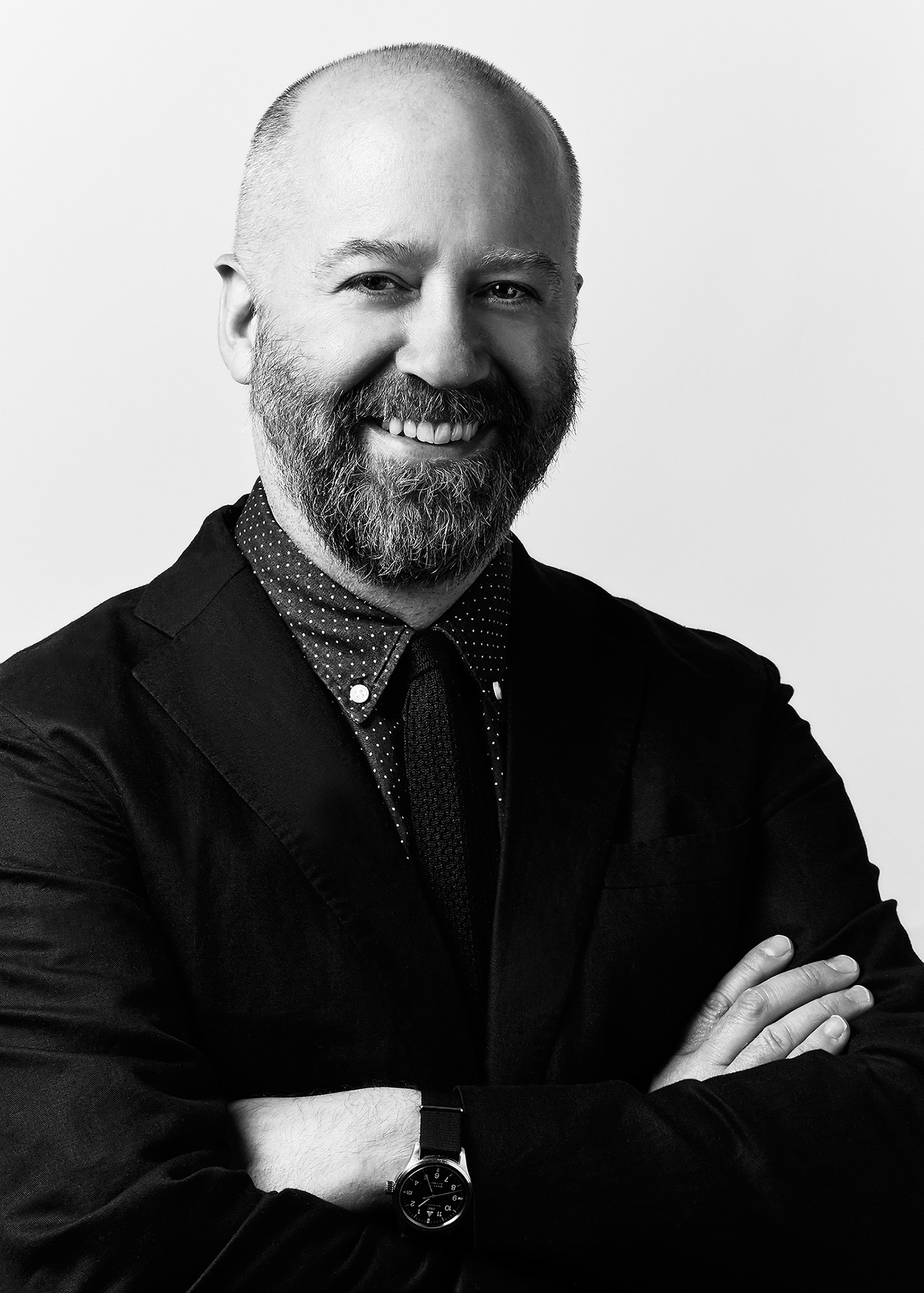New & Novel Stores: Meyvn

Noah Zagor opened Meyvn in a Chicago neighborhood known more for fine dining than apparel. “Logan Square didn’t have any retail at all yet, but it has a really great food and drink scene and an artistic energy. I’m taking a risk because people come out to this neighborhood and spend tons of money on food, but no one really thinks about shopping. I’m hoping to change that.”
Meyvn’s aesthetic is clean and minimal, taking inspiration from Scandinavian and Japanese modern design; the store’s fixtures are made of blonde wood with live edge. “There’s no old haberdashery feel,” he explains. “We have a more design-oriented, sophisticated take—very clean as opposed to the heavy, dark wooden, overbearing classic menswear that’s been going on for a while. I’m tired of looking towards the past to find inspiration; we can certainly learn plenty from it, but take that information and go forward to what’s new, what’s next, what’s exciting,” advises Zagor.

Meyvn was opened in April 2014 by Zagor and two partners, Tony Kim (also known as DJ Tony Trimm) and Ryan Bardsley (who built the interior space from scratch). Zagor has an extensive retail background, most notably helping J. Crew open the Liquor Store concept in New York. So he knows a thing or two about adding lifestyle goods to menswear stores. In addition to apparel and accessories, Meyvn stocks artwork from local artists, photography books, locally made candles, vinyl and a selection of magazines from around the world.
For spring 2015, Zagor is planning a more directional buy. “I’ve been trying to figure out the balance between what will work in the Chicago market (i.e. what won’t scare people away) that will also feel progressive. I’m finding that customers who can afford it haven’t been paying attention to price tags. I haven’t met a lot of people who see the difference between a shirt that’s $175 or $275. At first I held off on some of those higher ticket items because I wasn’t sure how people would react, but now, I think we can bring them in.”
E-commerce is the next task Zagor is tackling. At press time, he was planning to launch for New York market, but the site won’t go live until everything is perfect. “We’ll have a fully functional e-commerce site with editorial, videos, links to social media and the blogs—all that good stuff,” he says. “Ultimately, I think the store is going to become more of a show piece for the brand. The reason we have a brick and mortar is to separate ourselves from all the great, well curated online shops out there. I want people to be able to anchor that idea into a physical space and see how it all comes together. It’s not just a bunch of flat images on a website.”


